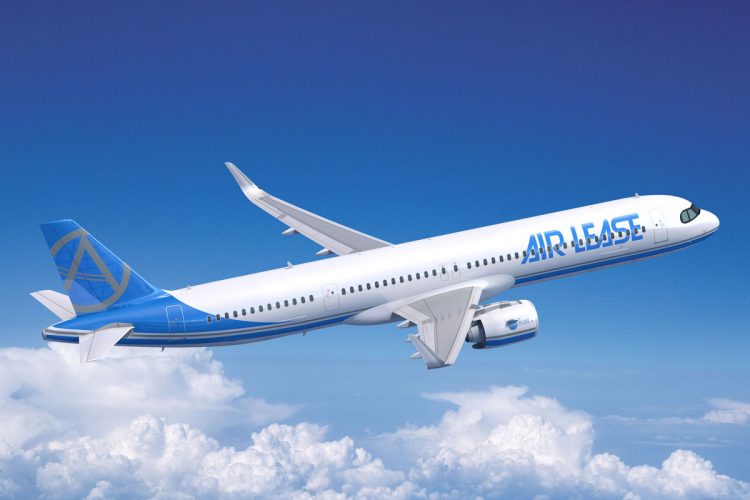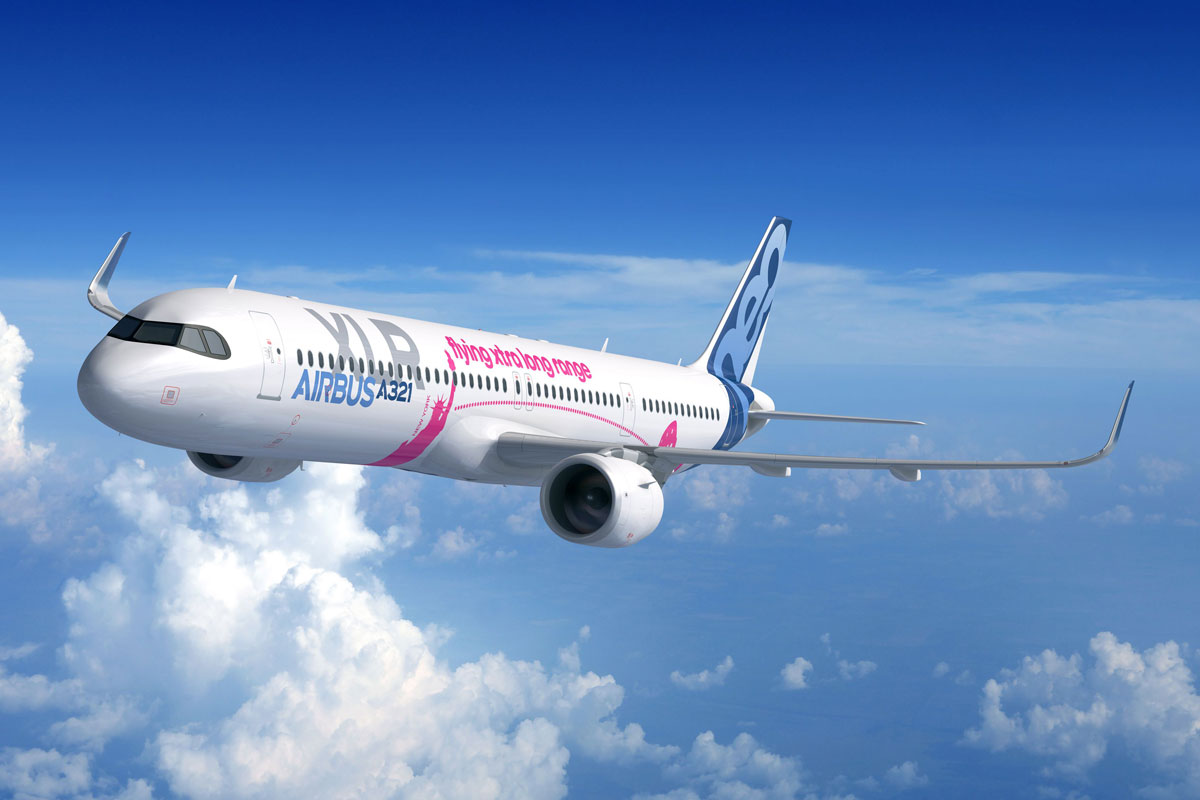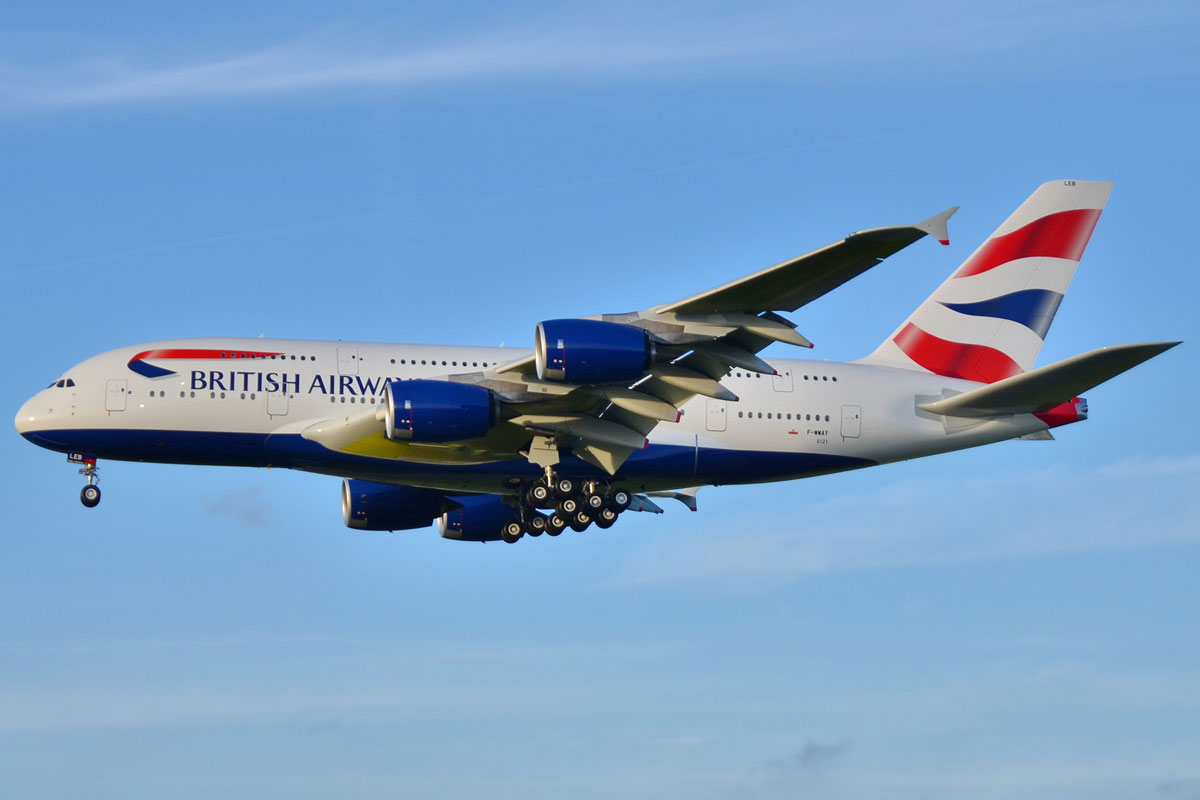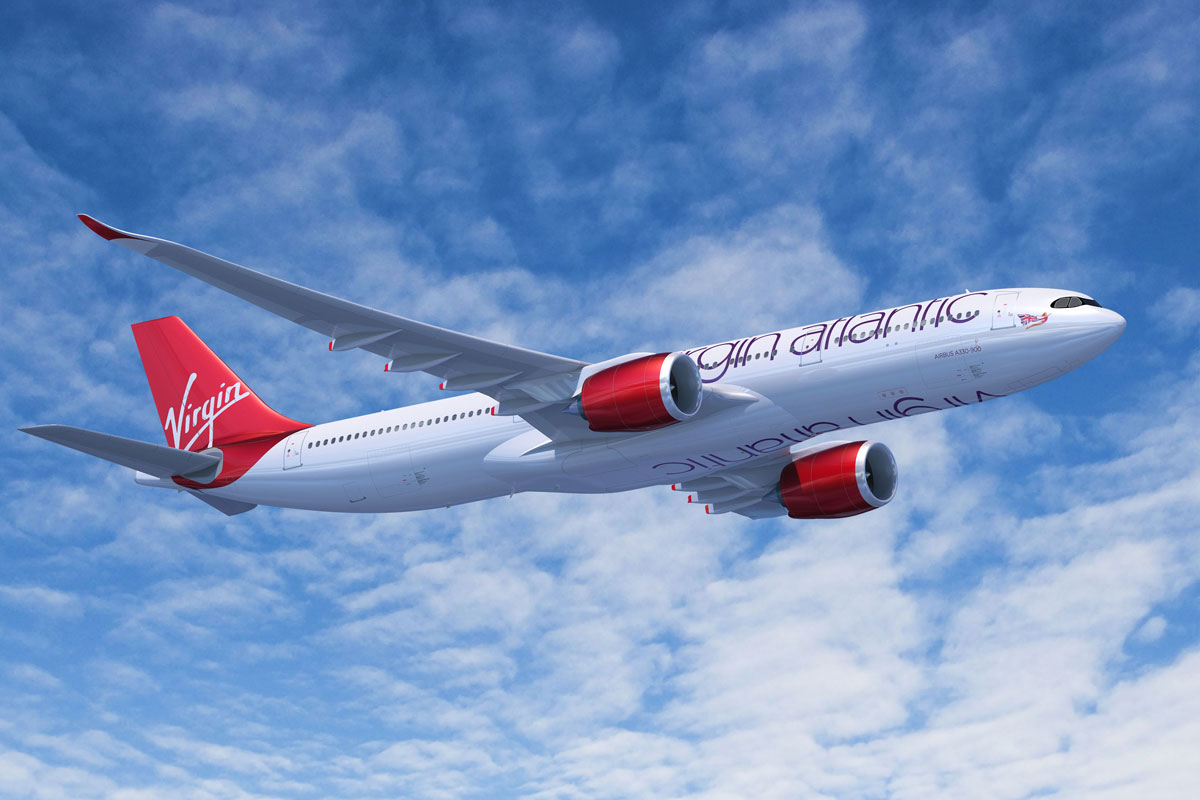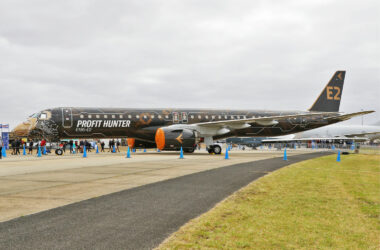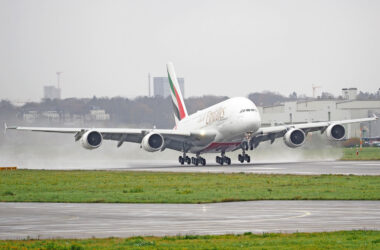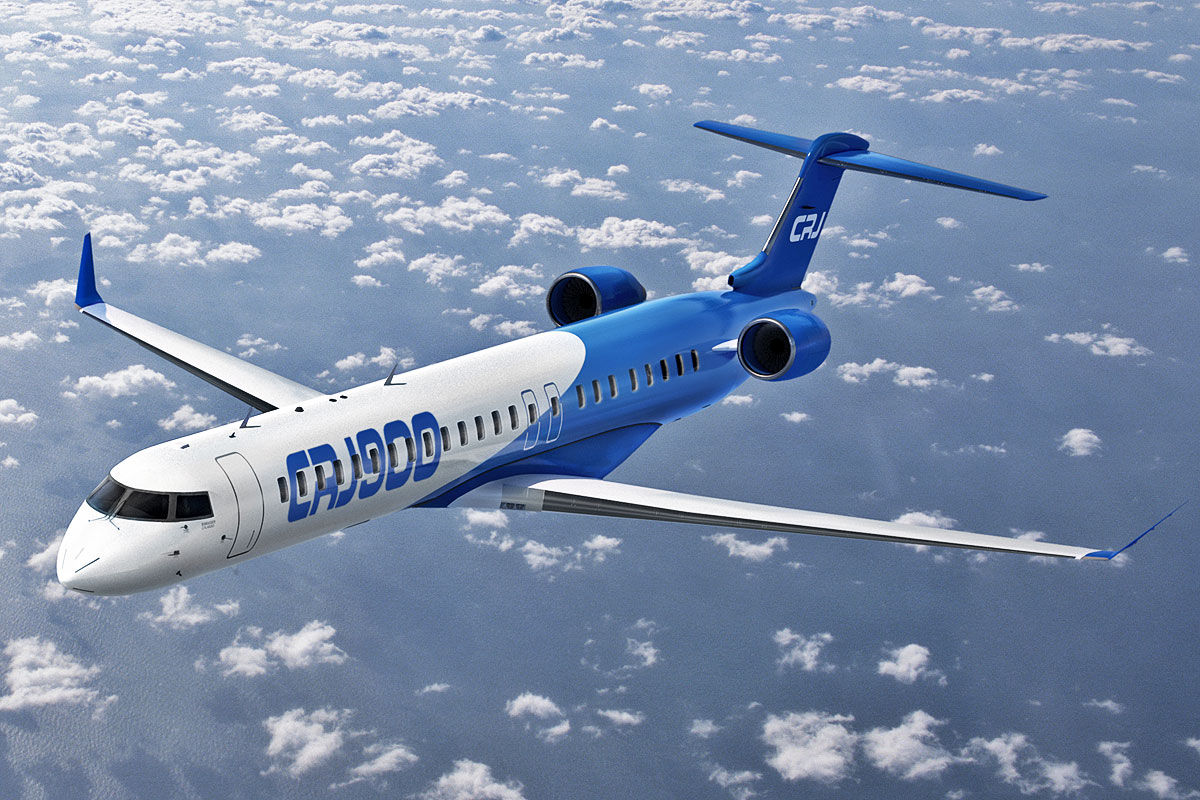As expected, Airbus opened the Paris Air Show on Monday with the launch of the A321XLR (xTra Long Range), a new variant of the single-aisle commercial jet. And the model’s performance impresses: it will be able to fly nonstop 4,700 nautical miles, or 8,700 km, 15% more than the current A321LR variant.
This means being able to fly from New York to Rome or from London to Miami nonstop. Airbus claims that the new jet offers 30% fuel economy compared to previous generation competitor aircraft, referring, of course, to the Boeing 757.
The magic to transform the A321 into a jet capable of operating on routes previously exclusive to widebodies is the addition of an extra fuel tank to the rear of the fuselage that extended its range to 700 nm (1,300 km). Called the Rear Center Tank (RCT), it has a capacity of about 12,900 liters. In addition, the Airbus optimized wing trailing-edge flap configuration to preserve the same take-off performance and engine thrust requirements as today’s A321neo.
The new tank increased the maximum takeoff weight to 101 tonnes, slightly less than anticipated. To support the extra weight, Airbus will reinforce the landing gear. Another highlight of the A321XLR is receiving the Airspace passenger cabin, which debuted on the A330neo.
The maximum passenger capacity of the A321XLR is 244 seats in a single class, however, it should carry between 180 and 220 passengers on intercontinental flights with a two-class layout.
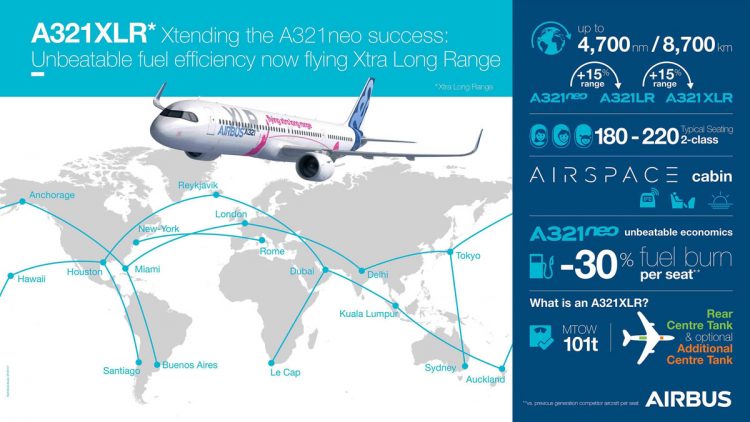
Only one customer for now
Airbus promises to deliver the first A321XLR only in 2023, however. Contrary to what was predicted, the European manufacturer revealed only one customer for the new model, the American company Air Lease Corporation which announced an order for 100 aircraft, including 27 A321XLR, plus 50 A220-300 and 23 A321neo.
Certainly new orders will soon be unveiled as negotiations with some airlines are completed. One of them, which may be the launching costumer of the model, is MEA, from Lebanon, which intends to convert part of its A321 orders to the new version. Also listed as future customers are American Airlines, JetBlue, IAG Group (British Airways, Iberia and others), AirAsia and Jetstar Airways.
